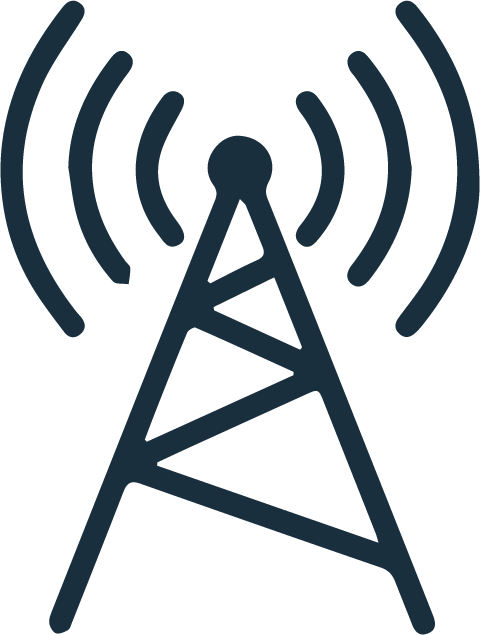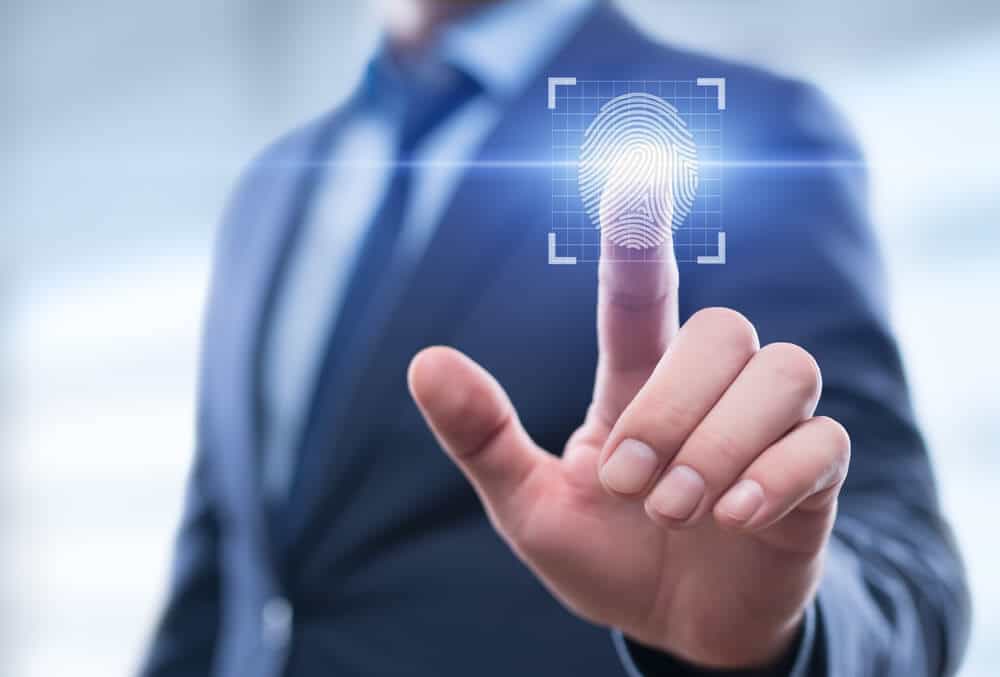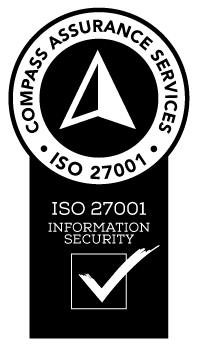Biometric verification refers to any means by which an individual can be uniquely identified by evaluating one or more distinguishing biological traits. These unique traits can include fingerprints, facial recognition, hand geometry, earlobe geometry, retina and iris patterns, voice waves and DNA. The benefit of using biometrics as part of time and attendance systems is that the person being monitored has to be physically present to register their attendance, with false reporting a thing of the past.
–
Scan in and ditch the paperwork
Biometric time & attendance systems automatically record the time and place an employee checks-in for work. Be it a fingerprint reader, a facial recognition camera or other device, the employee accesses it when they arrive at work. That means that the employer knows who has turned up on time, who is late and who hasn’t turned up at all. In addition to that, the payroll system knows the same information. When employees use the biometric verification devices to record their breaks and finish times, the paper chase of timesheets and manual calculation errors is eliminated. There are a number of demonstrated bottom line benefits delivered by using biometric verification systems linked to payroll systems including,
– Eliminates the possibility of ‘ghost workers’ and workers ‘punching in’ for other absent workers
– Reduces administration time for both supervisors and payroll staff
– Employees become more accountable for their behaviors now that times are verified and visible
– Indisputable evidence regarding employee attendance hours in the event of an audit by Fair Work Australia or the ATO
–
Improved security
Many firms have access control systems in their buildings and worksites which rely on swipe and proximity card technology, or simple Personal Identification Number (PIN) access. These systems rely on the employee keeping their access card or PIN secure, and preventing unauthorised persons from accessing the business using their credentials. History has shown that these systems cannot be relied upon. Using biometric verification as part of a firm’s access control systems means the owners really are in control of who can access what part of the building or worksite, and at what times. That provides peace of mind for both the owners and the employees of the business.
–
Implementation and cautionary tales
A quality vendor will be able to assist with the selection and physical installation of biometric readers. They will also be able to integrate the biometric verification system with the business’ existing payroll system and access control systems.
The change management process in getting employees to accept biometric verification needs to be done carefully and in accordance with the relevant legislation. The recent case of Jeremy Lee v Superior Wood Pty Ltd before Fair Work Commission (FWC), provided guidance to firms contemplating adopting biometric verification for attendance recording. Mr Lee represented himself all the way through to his successful appeal to the FWC, arguing that biometric data (specifically his fingerprint) was owned by him and could not be used without his permission. There were concerns about where the fingerprint information was to be stored and who could have access to it and how that might impact Mr Lee’s privacy rights.
To ensure a smooth transition in your workplace:
– Deal with vendors that have a track record of meeting the privacy concerns of employees
– Include the requirement for employees to provide relevant biometric data within all employment contracts
Biometric time & attendance systems will provide bottom-line benefits to your business and should be on your shopping list. If there are any features that you need to discuss further, contact our i3Group specialists today.
Interested in more information about time & attendance tracking advice? Check out our master blog here!











































Leave a Reply